Propagation methods for Hoyas
alavoneluvhoya
11 years ago
Related Stories

PLANTING IDEASWant a More Colorful, Natural Garden? Try a Perennial Meadow
Spend less time tending and more time taking in the sights by improving on Victorian and prairie garden designs
Full Story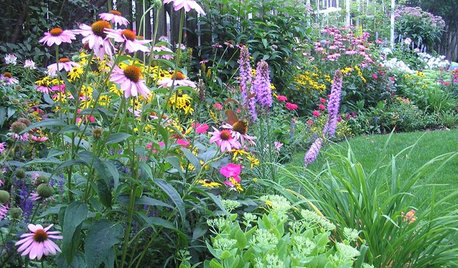
LANDSCAPE DESIGNTry Slow Gardening for Some Unexpected Benefits
Why set your garden on the fast track? Here's how to relax and enjoy it in an entirely new way
Full Story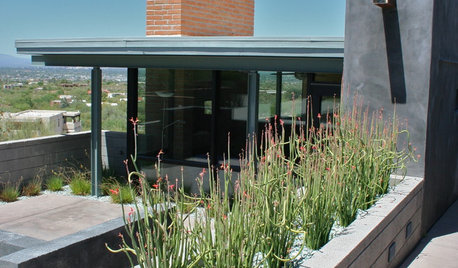
GARDENING GUIDESGreat Design Plant: Slipper Plant
Unthirsty succulent looks great all year and offers an unexpected surprise in fall
Full Story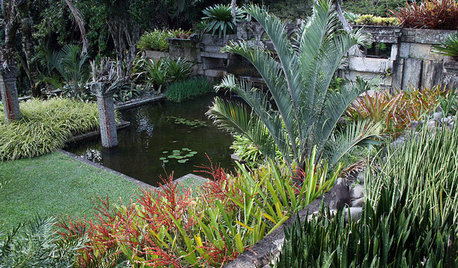
LANDSCAPE DESIGNArtistic Planting Ideas From a Brazilian Superstar
His abstract designs and native plantings changed the face of landscape architecture. Could Roberto Burle Marx’s style enhance your garden?
Full Story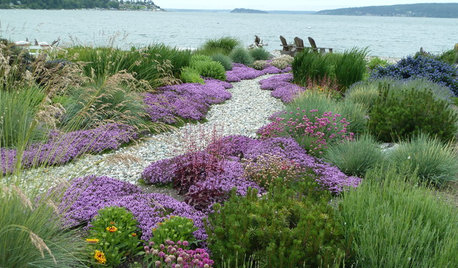
PLANTING IDEAS7 Ways to Use Drifts and Masses In Your Garden
Whether in formal or natural landscapes, grasses or succulents planted en masse elevate the garden
Full Story
GARDENING GUIDESWe Bust 4 More Native Plant Myths
Have you been taken in by these fallacies about gardening with native plants?
Full Story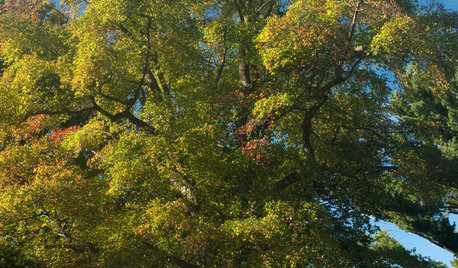
TREESGreat Design Plant: Nyssa Sylvatica
The black gum tree tolerates moist soil and provides many years of beautiful foliage, from summer to fall
Full Story
WINTER GARDENINGPruning Secrets for Exquisite Roses
Encourage gorgeous blooms year after year with this time-tested advice on how to prune your rosebush in winter for health and shape
Full Story
HOUSEPLANTS8 Essentials for Healthy Indoor Plants
Houseplants add so much to our homes — and can thrive when grown in the right conditions. Keep these tips in mind
Full Story
GREAT HOME PROJECTSHow to Replace Your Lawn With a Garden
New project for a new year: Lose the turfgrass for energy savings, wildlife friendliness and lower maintenance
Full Story





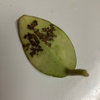
mdahms1979
greedygh0st
Related Professionals
Ballwin Landscape Architects & Landscape Designers · Camas Landscape Architects & Landscape Designers · Horsham Landscape Architects & Landscape Designers · Barrington Landscape Contractors · Doctor Phillips Landscape Contractors · Fort Payne Landscape Contractors · Huntley Landscape Contractors · Manhattan Landscape Contractors · Middletown Landscape Contractors · Newnan Landscape Contractors · North Potomac Landscape Contractors · St. Louis Landscape Contractors · Sugar Hill Landscape Contractors · Escondido Driveway Installation & Maintenance · Milpitas Driveway Installation & MaintenancealavoneluvhoyaOriginal Author
mdahms1979
amber_m
mdahms1979
holcam Cameron
greedygh0st
holcam Cameron
holcam Cameron
holcam Cameron
holcam Cameron
holcam Cameron
holcam Cameron
holcam Cameron
holcam Cameron
holcam Cameron
holcam Cameron
holcam Cameron
holcam Cameron
greedygh0st
holcam Cameron
holcam Cameron
pirate_girl
emt23
holcam Cameron
Denise